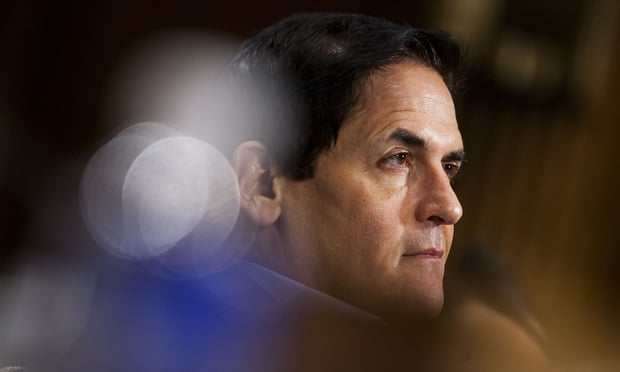If you've paid attention to the news over the past few weeks, you know the latest regarding the 25 percent premium hike on Affordable Care Act plans, set to begin in 2017.
So, what does that mean in terms of dollars and cents for actual people? For most ACA enrollees, not much.
The sticker price increases in some states are staggering. In Arizona, for instance, the average premium for a silver-level plan is rising 116 percent, meaning a 27-year-old enrollee will have to pay $422 a month.
Recommended For You
However, the vast majority of ACA marketplace enrollees qualify for either premium tax credits or cost-sharing premium reductions that will insulate them from major price hikes.
So as CNN Money points out, that 27-year-old Arizonan may not actually see his or her premiums double. In fact, his or her out-of-pocket spending might not go up at all. For instance, if that person makes $25,000 a year, he or she will pay only a third of the sticker price — $142 — after subsidies.
Similarly, an analysis by the Kaiser Family Foundation finds that in 48 states, a 40-year-old who makes $30,000 will pay $207 a month for the second-cheapest silver-level plan. Only in Alaska and Hawaii will he or she pay a different amount — $163 and $178, respectively.
As a result, the major increase in cost is not being borne by low or moderate-income health care consumers, but by the federal treasury, which is forfeiting an increasingly large amount of revenue through tax credits.
In Minnesota, for instance, the average tax credit that the 40-year-old making $30,000 a year will receive jumped from $27 a month to $159 a month between 2016 and 2017. In Alabama, the per-month tax credit for that enrollee increased from $80 to $285, the highest in the nation.
Of course, for the minority of ACA customers that make too much money to qualify for subsidies, the increases in many cases are going to hurt just as bad as the headlines suggest. A single person who makes more than $47,520 or a family of four with an income north of $97,200 is out of luck.
However, the situation isn't bad in every state. The benchmark plan cost is actually decreasing in Indiana, Massachusetts, Ohio and Rhode Island. In California, the largest state in the country, the price will go up 5 percent, while it will rise 5 percent or less in Washington state, Vermont, Arkansas, New Hampshire and Michigan.
© 2025 ALM Global, LLC, All Rights Reserved. Request academic re-use from www.copyright.com. All other uses, submit a request to [email protected]. For more information visit Asset & Logo Licensing.







